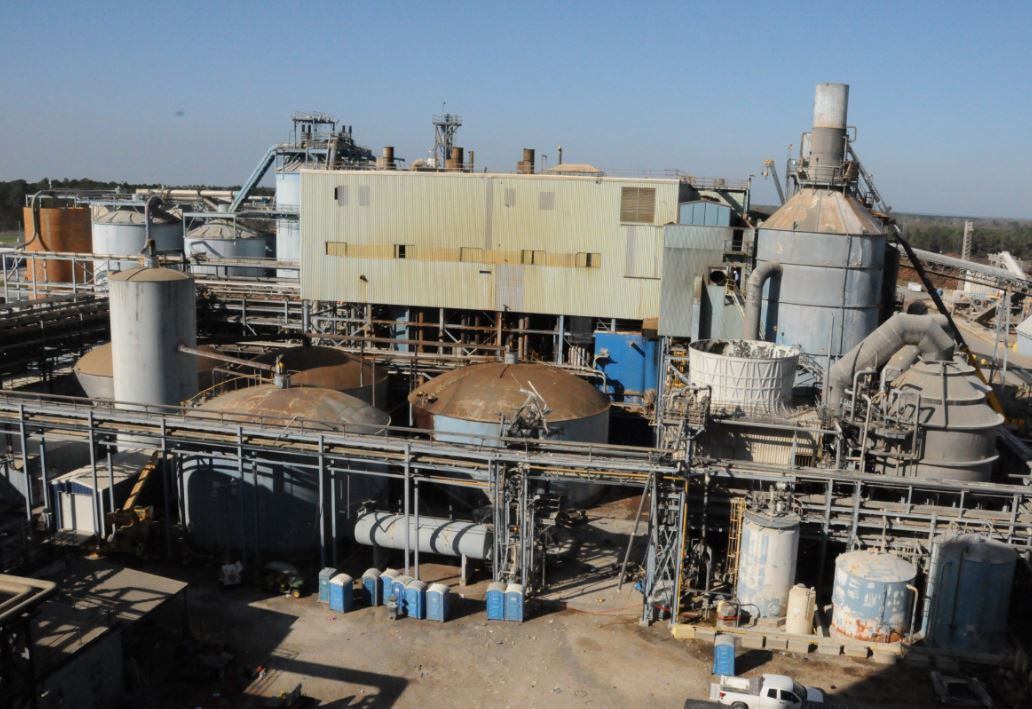The explosion at PCA’s DeRidder, Louisiana, pulp and paper mill killed three contract workers who were carrying out welding and grinding work (hot work) above a tank that contained flammable materials.
Flammable turpentine

The CSB found on the day of the incident there was more flammable turpentine present on top of the water than expected.
The foul condensate tank (a by-product of the cooking process) was designed so residual turpentine would be skimmed off the top of the water and sent to a turpentine recovery system. But in the months leading up to the incident, there was confusion over who was responsible for the foul condensate tank operations, which led to turpentine accumulating in the tank.
This meant more air than usual found its way into the tank, which led to the explosion.
Vanessa Sutherland chairperson, CSB, said it is important for companies to identify, evaluate, and control potential hazards prior to initiation of ‘hot work’.
“Hot work incidents occur across all industries and cause far too many serious injuries and deaths,” she said.
“These events, like the explosion at PCA, often reveal weaknesses in a facility’s process safety management system. Companies must effectively identify, evaluate, and control hazards at their facilities so that future hot work incidents can be prevented.”
The explosion at PCA, reported by Confectionerynews happened during the facility’s annual shutdown.
Snacks, confectionery, beverages
PCA makes corrugated containers, retail packaging and displays, produce packaging and interior packaging for the snacks, confectionery and beverage industry, to name a few.
“At the time of the incident, the D1 machine was down for its annual outage and the D3 machine was running and continues to operate,” the company said in a statement at the time.
The CSB said the explosion could have been prevented if PCA had:
• Conducted a process hazard analysis for the non-condensable gas system.
• Applied effective safeguards to prevent a non-condensable gas system explosion.
• Evaluated safer design options that could have eliminated the possibility of additional air entering the foul condensate tank.
• And established who at the mill was responsible for operation of the foul condensate tank.
On this day, the contract workers were welding on water piping above and disconnected from a 100,000-gallon-capacity storage tank.
The tank contained 10 feet of foul condensate liquid composed mostly of water, but also flammable hydrocarbons, in the form of residual turpentine and other sulfur-containing compounds.
Prior to starting the work, the contractors used a gas detector to test for a flammable atmosphere outside of the foul condensate tank where the repairs would occur. But they were unaware of the dangerous mixture of air and turpentine that had accumulated inside the tank.
The CSB determined the hot work activities likely ignited the contents of the foul condensate tank, which exploded and separated from its base, launching up and over a six-story structure before landing on process equipment approximately 375 feet away.
It killed three people and injured seven others. All were contractors working around the foul condensate tank.
Process safety management (PSM) regulations issued by the Occupational Safety and Health Administration (OSHA) do not apply to the mill’s “non-condensable gas system,” which is the process at the facility that included the foul condensate tank.
There are, however, good-practice guidance recommendations to voluntarily apply safety management systems to the process but PCA did not do this.
In its final report, the CSB issued safety guidance to the pulp and paper industry and a recommendation to PCA to apply process safety management principles to non-condensable gas systems, even if its not required by regulations.
The CSB also reiterated a 2002 recommendation issued to OSHA to cover under their Process Safety Management standard atmospheric storage tanks that are interconnected to a covered process, such as the foul condensate tank.
PCA acquired the paper mill in 2013 as part of its $1.27bn acquisition of Boise.
It said at the time, PCA's containerboard capacity will increase to 3.7m tons from its current level of 2.6m tons (a 42% increase) including the announced expansion of paper machine number 2 (D2) at Boise's DeRidder mill.
